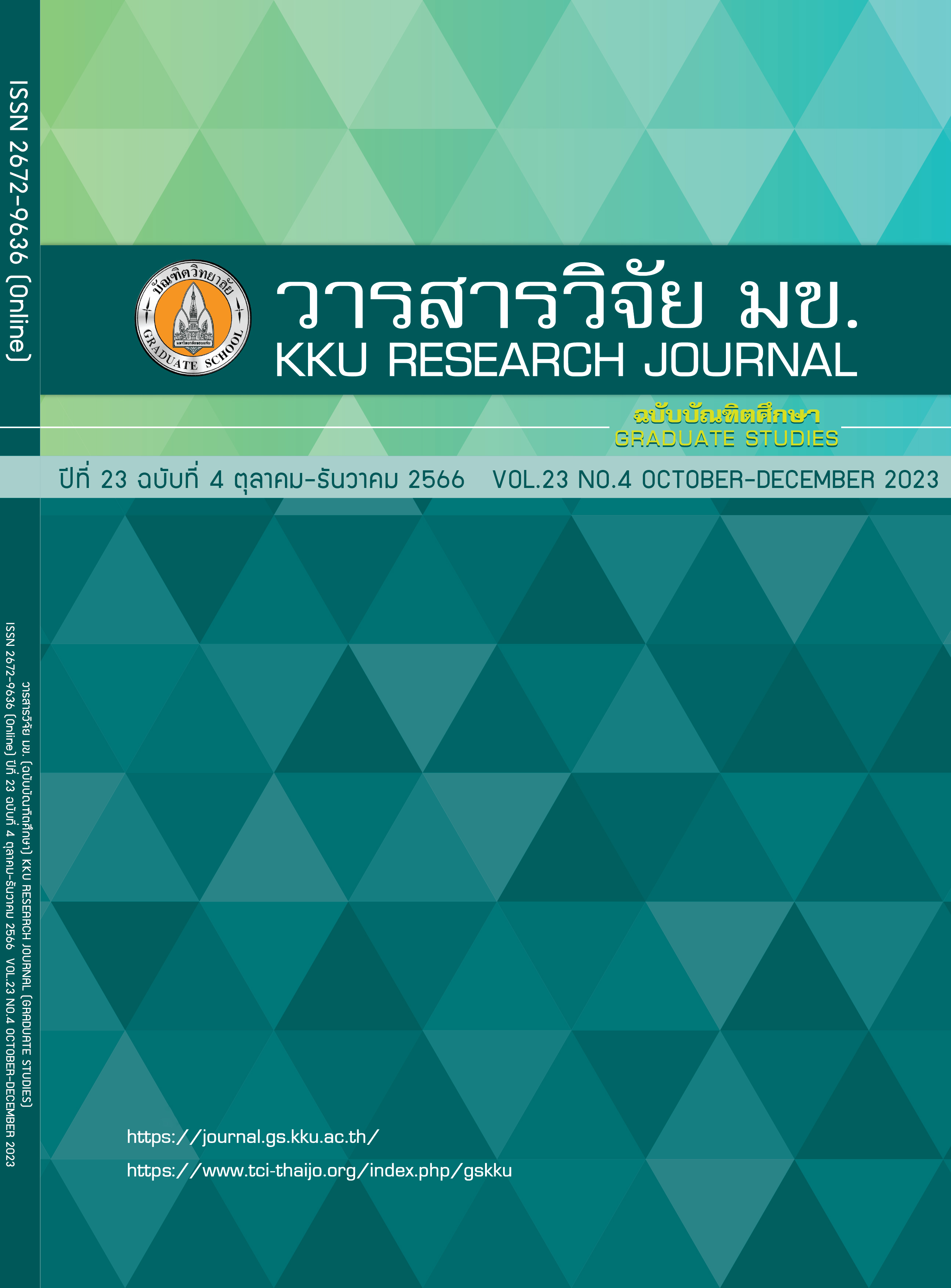Regeneration Efficiency of Strong Acid Cation Exchange Resin using Low Concentration of NaCl from Synthetic RO Reject Water
Keywords:
Groundwater, Ion exchange, Reverse OsmosisAbstract
Groundwater resources are becoming an increasingly viable option for communities having limited access to fresh surface water supplies. About 90% of the groundwater is undesirable for consumption because of a water hardness and total dissolved solids (TDS), which need to be managed before being considered for drinking or other household applications. One of the foremost alternatives for resolving groundwater in the condition of hardness and total dissolved solids is the Reverse osmosis (RO) and ion exchange pretreatment which deal with the challenges in terms of large chemical usage for clean, membrane fouling, decreasing ion exchange efficiency with high TDS of raw water and wastewater management of high TDS. Which suggests having a certain operation model to predict their real-time utility. This work aims to prepare an operational model by investigating the effect of TDS on hardness removal and regeneration efficiency using low TDS wastewater from RO reject through a self-regeneration approach. The study found that the concentration of TDS directly affects the efficiency of hardness removal. With increasing the TDS from 0-7,500 mg/L, the ion exchange efficiency decreases from 100 to 48.31%, and so on. While studying the regeneration efficiency, it has been found that by increasing the concentration of brine solution from 5000 to 20000 mg/L, the Ca2+ recovery increases to achieve 100% recovery with a decrease in required bed volume of brine solution. Finally, considering the effect of TDS on the removal and regeneration efficiency of ion exchange, an operational model has been proposed which will help to predict the ion exchange efficiency and the real-time applicability of the RO-ion exchange process towards groundwater desalination.
References
Ojo O, Otieno F, Ochieng G. Groundwater: Characteristics, qualities, pollutions and treatments: An overview. International Journal of Water Resources and Environmental Engineering. 2012;4.
Environment MoNRa. Strategic Plan of Water Resource Management. 2558.
Kaixiang C, Li C, Yao B, Yang F, Sun G. Synthesis and evaluation of an environment‐friendly terpolymer CaCO 3 scale inhibitor for oilfield produced water with better salt and temperature resistance. Journal of Applied Polymer Science. 2019;137:48460.
Ahdab YD, Lienhard JH. Chapter 41 - Desalination of brackish groundwater to improve water quality and water supply. In: Mukherjee A, Scanlon BR, Aureli A, Langan S, Guo H, McKenzie AA, editors. Global Groundwater: Elsevier; 2021. p. 559-75.
Garg MC. Chapter 4 - Renewable Energy-Powered Membrane Technology: Cost Analysis and Energy Consumption. In: Basile A, Cassano A, Figoli A, editors. Current Trends and Future Developments on (Bio-) Membranes: Elsevier; 2019. p. 85-110.
Afonso MD, Jaber JO, Mohsen MS. Brackish groundwater treatment by reverse osmosis in Jordan. Desalination. 2004;164(2):157-71.
Puritec. Basics of Reverse Osmosis 2012 [Available from: https://puretecwater.com/downloads/basics-of-reverse-osmosis.pdf.
Ahmed A A-G. Recycling of Reverse Osmosis (RO) Reject Streams in Brackish Water Desalination Plants Using Fixed Bed Column Softener. Energy Procedia. 2017;107:205-11.
Mpelwa M, Tang S-F. State of the art of synthetic threshold scale inhibitors for mineral scaling in the petroleum industry: a review. Petroleum Science. 2019;16.
Prasannam P. Removal of heavy metal ions from solution using ion exchangers based on Hydroxyethyl Cellulose: Silpakorn University; 2004.
Yang ZZYFZRXZTZZ. A Review on Reverse Osmosis and Nanofiltration Membranes for Water Purification. Polymers [Internet]. 2019; 11(8).
Pérez-González A, Ibáñez R, Gómez P, Urtiaga AM, Ortiz I, Irabien JA. Recovery of desalination brines: separation of calcium, magnesium and sulfate as a pre-treatment step. Desalination and Water Treatment. 2015;56(13):3617-25.
Purolite. C100 sodium cycle operation. 2010 [Available from: http://www.purolite.com/ Customized/Uploads/C100 Na cycle Eng Bulletin 0910.pdf.
Downloads
Published
Issue
Section
License
Copyright (c) 2023 KKU Research Journal (Graduate Studies)

This work is licensed under a Creative Commons Attribution-NonCommercial-NoDerivatives 4.0 International License.



